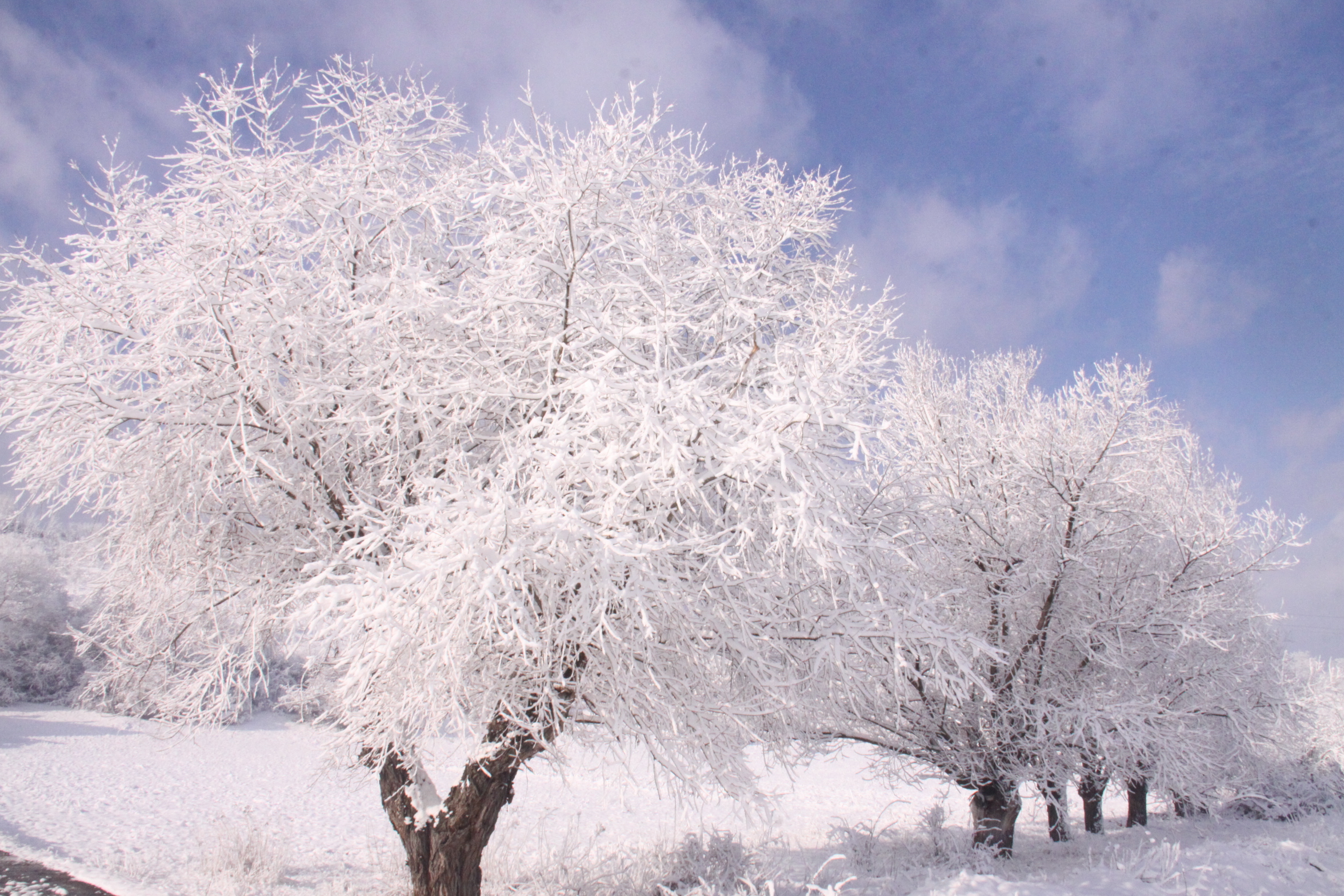In the rich tapestry of Bahá’í teachings, the metaphor of the “Winter of Life” serves as a poignant vehicle through which followers can explore the profound dichotomy between external adversity and internal resilience. This metaphor encapsulates a seasonal reflection on how one may navigate through the seemingly desolate landscapes of life, often characterized by loss, isolation, or disillusionment. Yet, within this metaphor lies a promise — that one can discern and cultivate spiritual light even in the coldest of winters.
The philosophical underpinning of this concept can be traced to the Bahá’í understanding of the nature of existence. Life, viewed through the lens of Bahá’í teachings, is an incessant journey marked by a continuum of seasons. Each phase presents its own set of challenges and opportunities for growth. Just as winter follows autumn, the coldest moments can ultimately yield to rejuvenation, heralding the arrival of spring’s warmth. This cyclical view encourages believers to perceive adversity as an essential part of personal evolution.
One of the key promises embedded in the metaphor of winter is a transformative shift in perspective. During the winter of life, individuals are often confronted with the fragility of human existence. This vulnerability opens pathways to deepen one’s understanding of divine attributes such as compassion, patience, and humility. The Bahá’í teachings emphasize that trials serve a dual purpose; they not only test faith but also refine character. Such a perspective invites individuals to view setbacks as opportunities for spiritual insight rather than mere obstacles.
Furthermore, the Bahá’í writings propose that these winter seasons can ignite a profound inquiry into the meaning and purpose of life. As one grapples with the chill of emotional or spiritual hardship, questions arise that challenge the surface-level understanding of reality. What is the essence of joy? What role do human relationships play in our search for meaning? How does one cultivate an inner sanctuary of peace amidst external turmoil? These inquiries, although unsettling, can serve as catalysts for deeper spiritual awakening.
The Bahá’í principle of unity provides a scaffold upon which individuals can navigate their winter periods. It posits that a shared sense of purpose and community fosters resilience and strength. Engaging with fellow believers offers a sense of solidarity, illuminating the path through solitude. The warmth generated by collective action and compassion can combat the chilling effects of isolation. This interconnectedness not only personalizes the struggle but also amplifies the potential for spiritual enlightenment, transforming individual winters into collective experiences of growth.
In addition to communal support, the practice of prayer and meditation emerges as a vital tool for illuminating the darkness of winter. Bahá’í teachings encourage regular reflection, recognizing that prayer not only acts as a bridge to the divine but also nurtures the inner self. In times of distress, the act of reaching out in supplication can provide solace, offering glimpses of hope and reassurance. These moments of connection with the divine can be particularly poignant, serving to alleviate feelings of despair and guiding individuals toward spiritual light.
Moreover, the power of gratitude emerges as an essential practice during one’s winter phase. Acknowledging the blessings that persist amidst challenges shifts the focus from loss to appreciation. Even when surrounded by starkness, recognizing the presence of life’s simple pleasures — such as the warmth of a kind word or the serenity of a moment’s stillness — fosters a sense of spiritual abundance. This shift from scarcity to recognition aligns with the Bahá’í belief in the inherent nobility of the human spirit, inviting individuals to acknowledge their own capacity for growth.
An exploration of literature and the arts can also illuminate the winter of life. Engaging with beautiful expressions of human experience, whether through poetry, music, or visual arts, can forge connections to others’ experiences of adversity and triumph. The arts serve as a reminder that winter, both in nature and in life, is often temporary. Recognizing this temporality fosters resilience and instills a deeper appreciation of life’s cyclical nature.
In the Bahá’í context, the concept of service holds transformative potential during times of struggle. When individuals direct their energies toward helping others, the focus shifts from personal grievance to communal healing. Whether through acts of kindness or participation in community initiatives, service acts as a light in the winter, brightening the paths of both giver and receiver. This reciprocal act fosters a sense of purpose and strengthens bonds within the community, reinforcing the belief that collective resilience is paramount.
Ultimately, the winter of life, while fraught with challenge, holds the promise of profound spiritual light. The Bahá’í teachings provide a myriad of pathways through which individuals can navigate their coldest seasons with grace and insight. By fostering a transformative perspective, embracing community connection, engaging with the divine through prayer, cultivating gratitude, exploring the arts, and committing to service, one can find illumination even amid the starkest of winters. This journey is not merely about enduring hardship; it is about emerging from winter transformed, possessing a deeper appreciation for the cycles of life and the everlasting light of the spirit.
